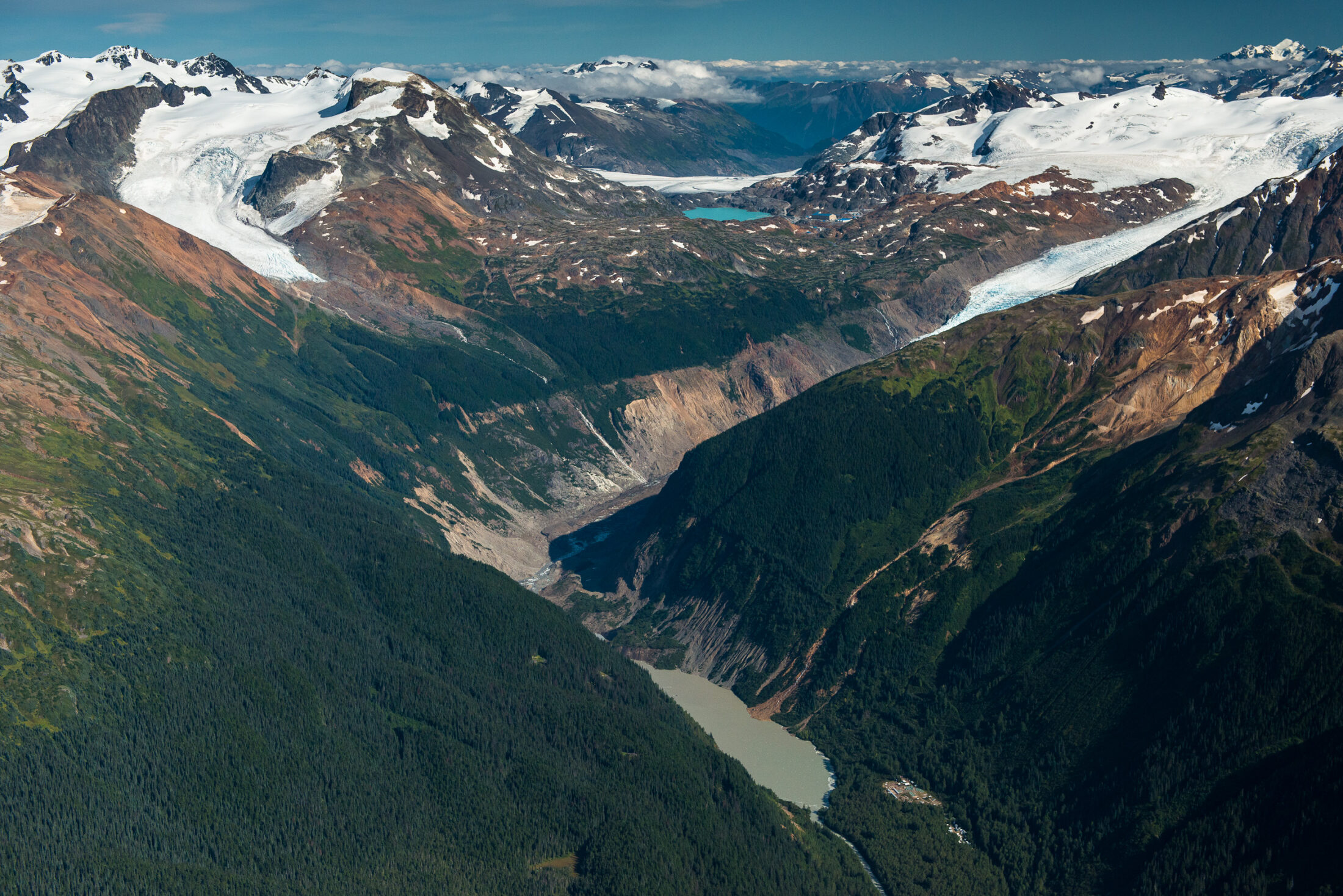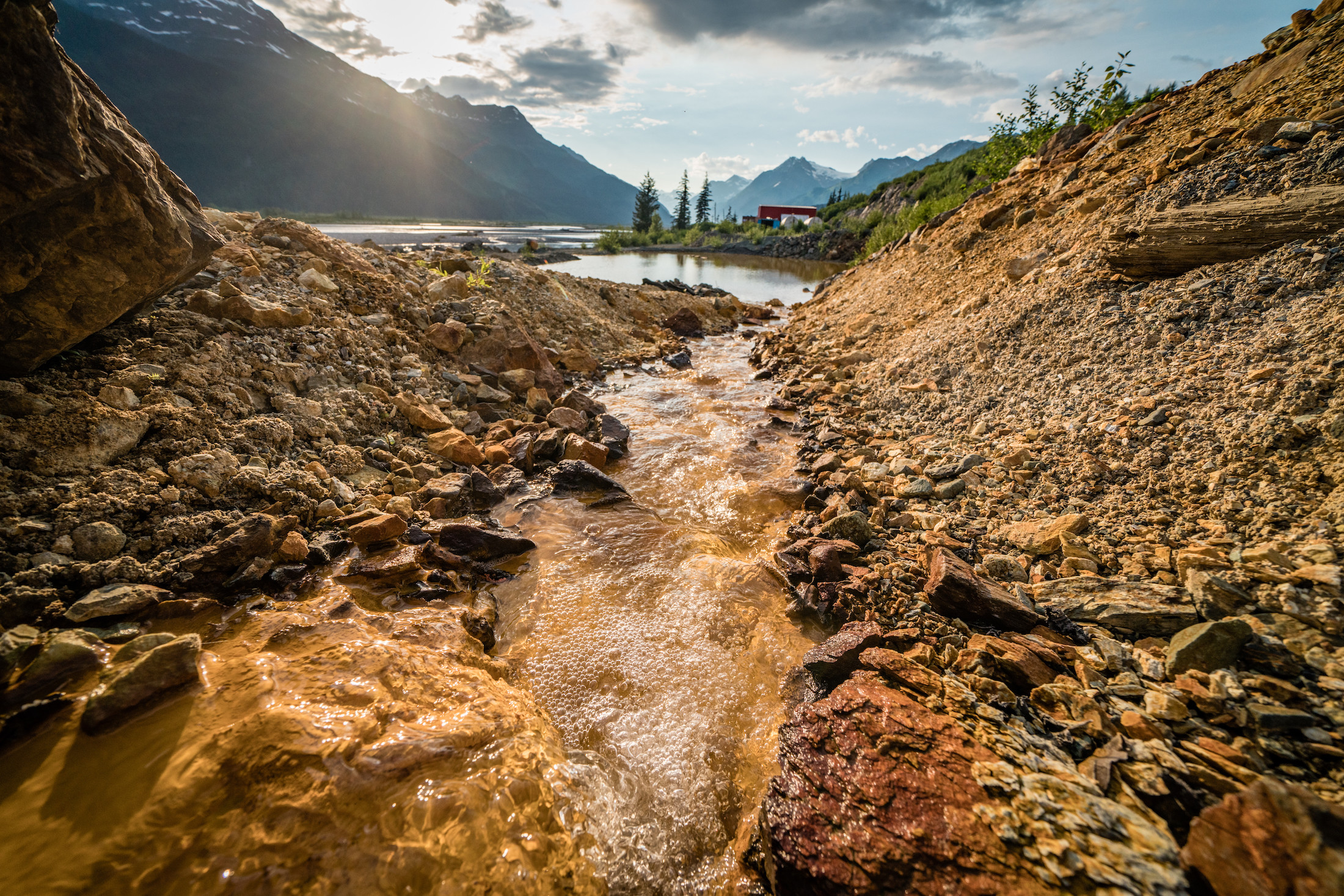
Ontario’s public service heads back to the office, meaning more traffic and emissions
For 15 years and counting, my commute from Mississauga to Toronto has been mired by...
About half of Metro Vancouver and Vancouver Island voters said they would be more likely to vote for a candidate who would support changing mining laws and regulations to improve environmental protection and mandate consent from First Nations, according to a new poll.
The survey was done by Insights West on behalf of the BC Mining Law Reform Network and Northern Confluence.
“There’s been a reluctance from B.C. to move forward on mining reforms, and I think it’s important for candidates to know that there’s strong support for a mandate to do so,” Nikki Skuce, director at Northern Confluence and co-founder of the BC Mining Law Reform Network, said in an interview.
Skuce said mining will continue to contribute to the B.C. economy for decades and the transition to a low-carbon future is dependent on the industry, as demand increases for minerals used to produce technologies like electric vehicles, battery storage and solar and wind energy.
But the Mining Law Reform Network — a coalition of citizen and community groups, First Nations, academics and social justice and environmental organizations — says changes are needed to make the industry more sustainable.
The survey questioned British Columbians on a few key points related to the mining legislation, protected areas and land use plans.
The Mineral Tenure Act, created in the 1800s, allows any individual or company to stake a claim anywhere not already claimed or set aside for parks or reserves without getting permission from landowners or First Nations. The process is online and inexpensive — a mineral claim the size of an average city block costs less than $5.
“That needs to be updated and that is what gets in the way of increasing protected areas,” Skuce said.

The site of the KSM mine site with a view of Brucejack Lake and the Brucejack mine site in the background. These mines are located in a watershed that extends down across the border with Alaska. Photo: Garth Lenz / The Narwhal
Over 80 per cent of survey respondents said mining companies should be required to obtain consent from landowners, municipalities and Indigenous communities before conducting any mineral exploration.
The survey also found that 80 per cent of British Columbians are in favour of the government working with Indigenous communities to create more protected areas to meet the federal government’s target of protecting 30 per cent of the land and water by 2030 “even if that means reducing areas available for mining and forestry.”
But Skuce explained that existing claims on the landscape have to be bought out by the government and companies can demand prices based on the projected value of a future project. Skuce called some of the requests “outrageous” for their inflated price. If the government wants the land, it has to pay what the claim holder is asking or negotiate a better deal.
In Quebec, mining laws were changed in 2013 to set limits on what claim holders can charge. “In most cases, [the Quebec government] will only pay for the costs that somebody has incurred to pay for the lease and any work that they did that they have receipts for,” she said.
B.C.’s regulations on mines’ potential impacts on water and fish habitat are also in need of an overhaul, Skuce said. Mines can be approved even if they’re located near important watersheds. For example, the approved KSM mine, if built, would have a tailings pond held behind a 239-metre dam above the Nass River watershed.
“There is no silver bullet for mine waste and water, but there are better practices,” Skuce said. “There should be no-go zones where we shouldn’t put communities or watersheds at risk.”
Voters agreed. According to the survey, 81 per cent of British Columbians think land use plans should be updated to ensure the protection of watersheds.
A recent report by UN special rapporteur Baskut Tuncak said Canada has the second highest number of tailings dams in the world and the fifth highest number of high-risk upstream dams like the tailings dam at Mount Polley that breached in 2014, spilling 25 million cubic metres of contaminated materials into a salmon watershed and a source of drinking water for local communities.
Yet when a disaster like that occurs or an abandoned mine slowly leaks toxic materials into the environment over many years, it’s often taxpayers who end up footing the bill for the clean-up. According to the poll, 90 per cent of British Columbians agree that mining companies should be held financially responsible for the cost of cleaning up any environmental damage caused by their operations.
As voters head to the ballot boxes this weekend, political parties’ platforms on mining reform may play a critical role in how they vote. BC Mining Law Reform Network asked the three main parties how they plan to deal with the key mining issues in the province. Here’s what they had to say.

Water contaminated with acid mine drainage flows into a containment pond near the Tulsequah River. Contamination from the mine has been leaching into the river for more than 60 years. Photo: Colin Arisman / The Narwhal
In 2019, B.C. became the first province to officially adopt the United Nations Declaration on the Rights of Indigenous Peoples into legislation, but the Mineral Tenure Act still allows companies to conduct mineral exploration activities without obtaining First Nations consent.
NDP: promised to review the legislation as part of its commitment to Indigenous Rights.
Liberals: said they would also work to define how the legislation on Indigenous Rights relates to land use decisions but would cut permit processing time in half.
Greens: promised to modernize the Mineral Tenure Act and the Mines Act.
Mining watchdogs and conservation groups say certain areas such as important salmon watersheds should be off-limits to mining operations. They say land use planning could set aside areas where mines have the highest risk to impact watersheds.
NDP: referenced recent amendments to the provincial environmental assessment legislation that ensure major industrial projects assess “environmental, economic, social, cultural and health effects” and said they would create a watershed security strategy to protect local watersheds.
Liberals: said they would review land use plans and create protection for wetlands, salmon and steelhead.
Greens: promised to allocate $50 million to create a watershed security fund and work on land use plans by implementing the Water Sustainability Act.
Mining companies are required to pay the province the estimated cost of reclamation in case the company goes bankrupt. But B.C. has not collected enough money from companies past and present. According to the B.C. Chief Inspector of Mines, the province is about $1.2 billion short.
The Tulsequah Chief mine in the far northwest has been leaking contaminated water into a salmon watershed for more than 60 years. The clean-up could cost as much as $100 million and taxpayers might have to foot the bill.
NDP: promised to make sure mining companies pay the full cost of environmental clean-up if their projects are abandoned.
Liberals: said the Mines Act already addresses the costs of reclamation.
Greens: said the lack of sufficient bonding is “an unacceptable situation and needs to change” and they would support changes to regulations to ensure the polluter pays.
Enbridge Gas will face Waterloo Region in a hearing before the Ontario Energy Board to renew an agreement that would allow the company to continue...
Continue reading
For 15 years and counting, my commute from Mississauga to Toronto has been mired by...

For our last weekly newsletter of the year, we wanted to share some highlights from...

The fossil fuel giant says its agreement to build pipelines without paying for the right...